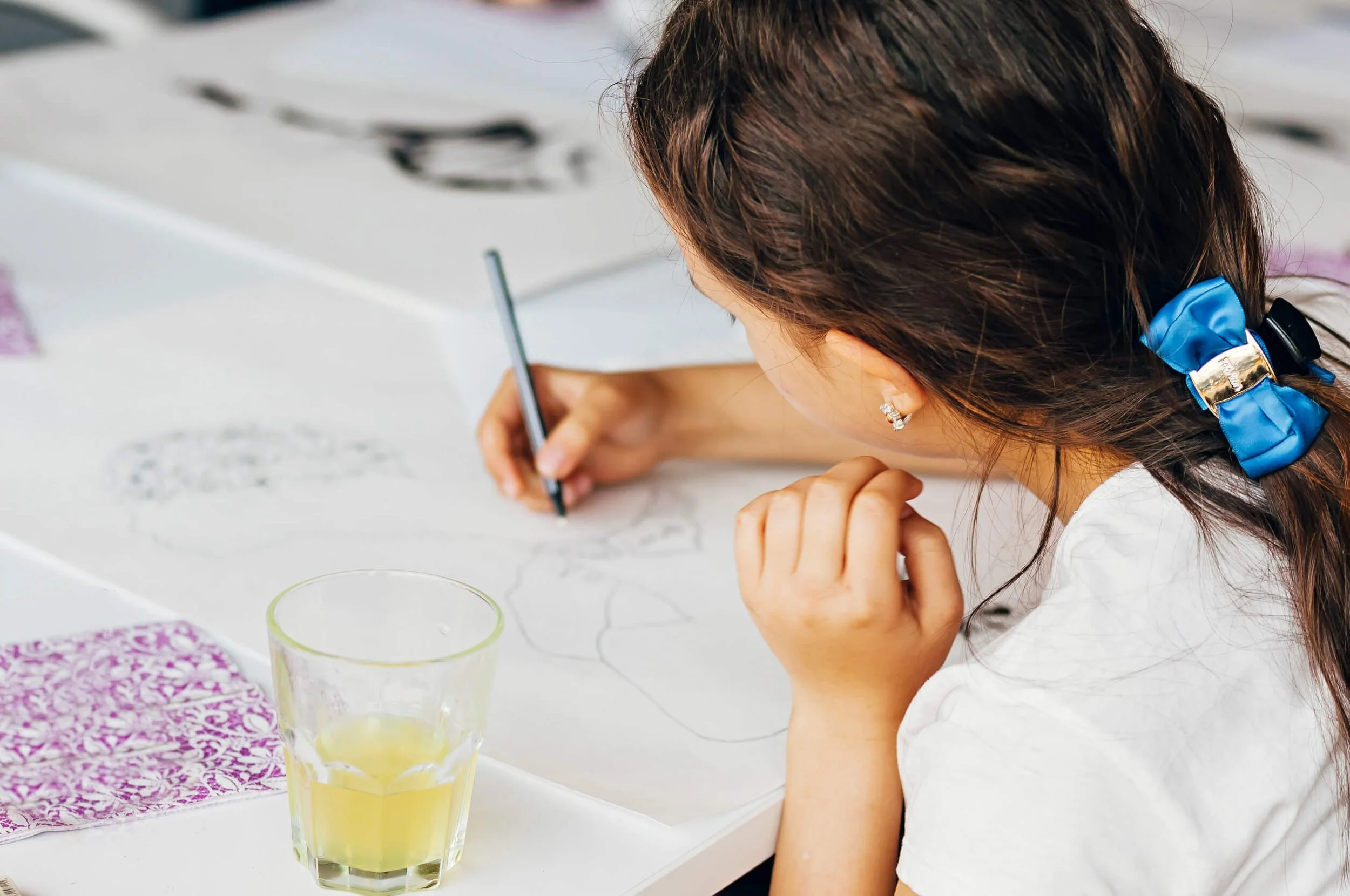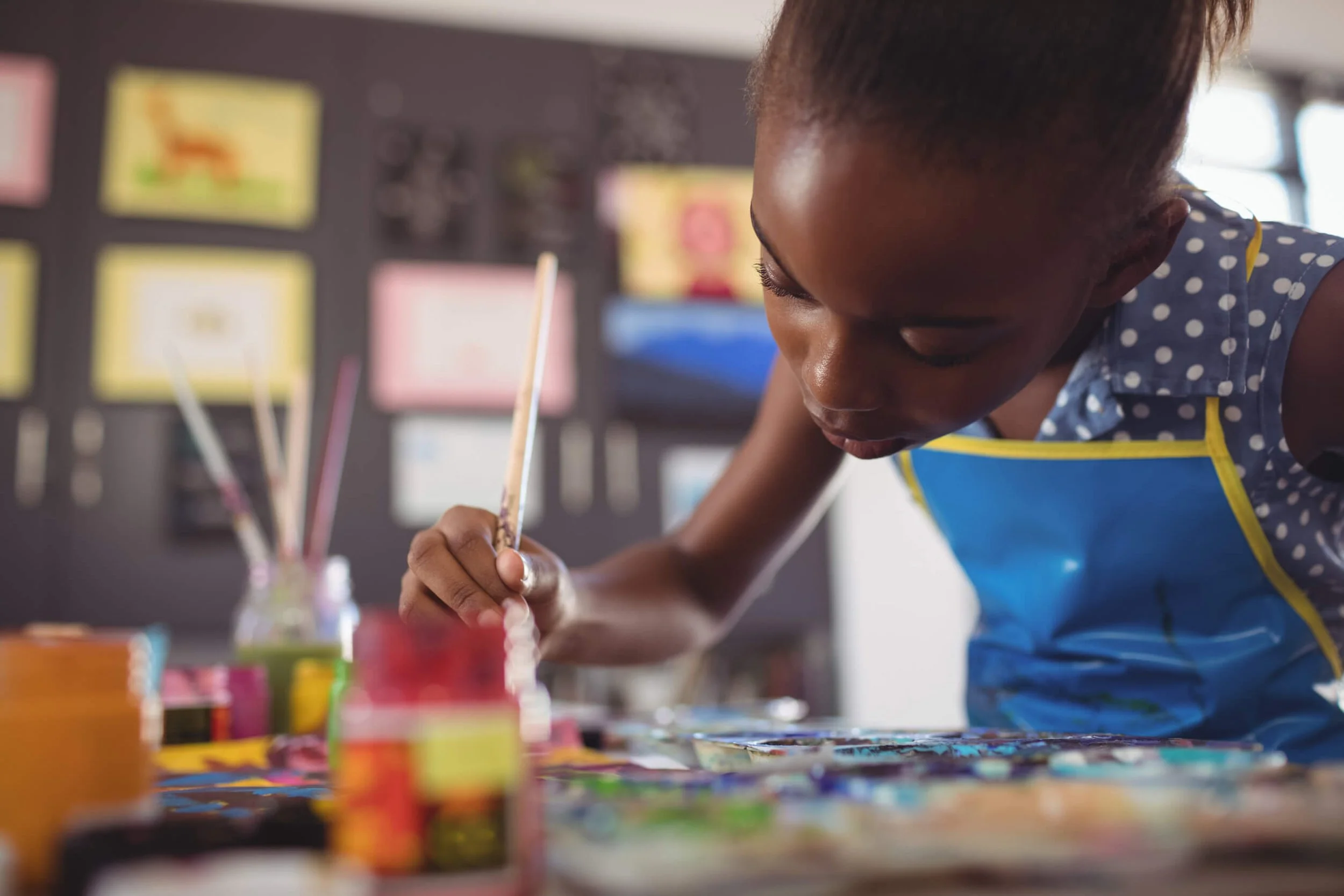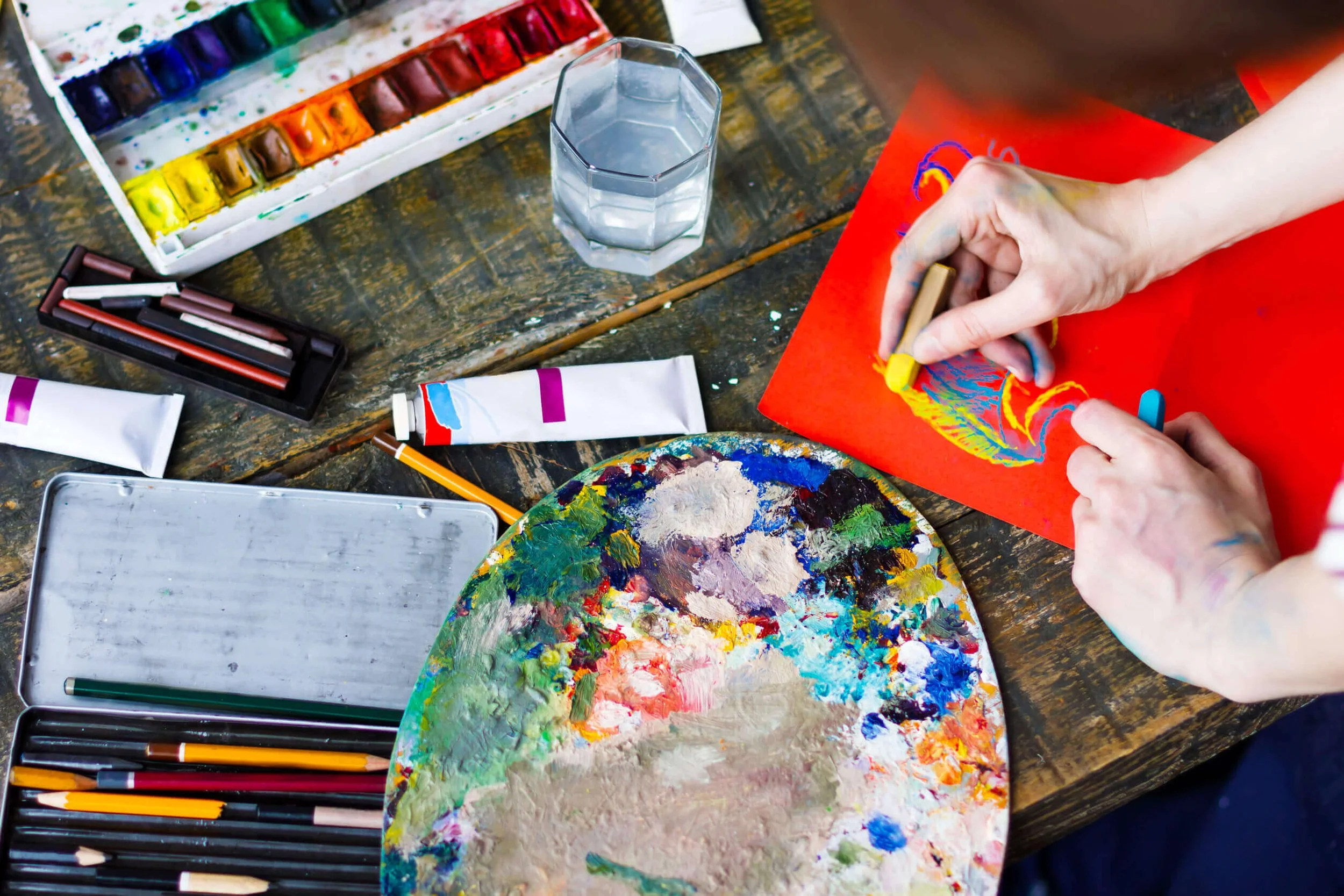The Art of Trusting Themselves: Subtle Ways to Encourage Creative Confidence in Children
As an art educator, I’ve learned that some of the most powerful teaching moments don’t happen when a child finishes a project—they happen in the quiet, in-between moments. When a child pauses, looks up, and asks:
“Is this good?”
It’s such a common question. And while it’s tempting to offer quick praise—“Yes! That’s amazing!”—there’s actually a deeper opportunity here. A chance to teach something more lasting than encouragement: self-trust.
Art as a Mirror
How Creativity Reveals Temperament
Every child has a unique artistic voice. Some go bold, messy, and colorful. Others work quietly with detail, symmetry, or repetition. Some ask, “How do I do this?” while others just dive in.
When we observe these tendencies, we begin to understand how a child approaches the world—not just their artwork.
A child who erases often might fear making mistakes.
A child who asks for approval frequently might crave security or reassurance.
A child who repeats shapes may be developing comfort through patterns.
Art becomes a mirror. Not just of what they see, but who they are and what they need.
“What Do You Think?”
Reframing Feedback with Empowerment
When a child asks, “Is this good?”, try responding with:
“What do you think?”
“What part are you proud of?”
“Did you enjoy making that choice?”
This opens the door for reflection, ownership, and self-direction. It allows the child to pause, look at their work, and connect it with the decisions they made—rather than someone else’s judgment.
You're helping them realize:
“I made that choice. I liked it. I trust myself.”
It’s Not About Right or Wrong
It’s About Decisions
In my art classes, I make sure kids understand: it’s not about whether something looks “real” or “good.” It’s about the decision behind it.
Art is where children learn they have power, freedom, and voice. And from that place, they begin to explore new ideas without fear—thinking beyond what is known, expected, or safe.
Why This Matters More Than Ever
In a digital world where answers are instant and approval is measured in likes, kids are losing the practice of asking themselves: What do I think? How do I feel? What do I want to express?
Art brings them back to those questions.
And that’s why, in every class I teach, we’re not just creating art—we’re practicing presence, trust, and the courage to think differently.
Parent & Educator Mini Guide
“Raising Creative Thinkers: 6 Ways to Encourage Self-Reflection Through Art”
Ask open-ended questions: “Tell me about this part.”
Avoid default praise—replace “That’s pretty!” with “That’s interesting—what inspired it?”
Give them space to sit with uncertainty.
Celebrate risk-taking, not perfection.
Reflect together: “How did it feel to make this?”
Keep a visual journal to track their evolving choices.



